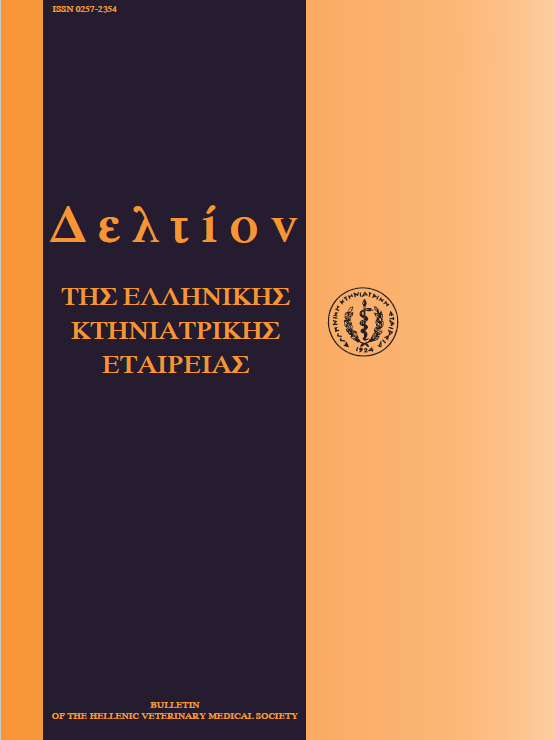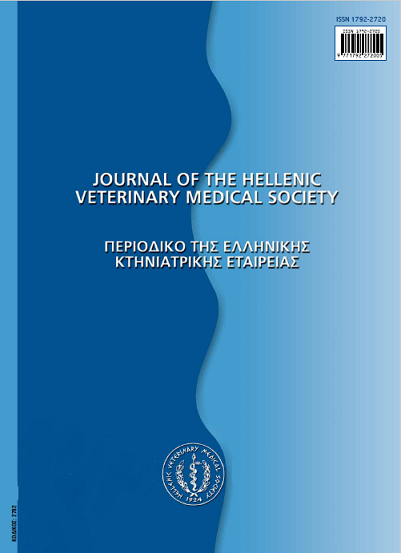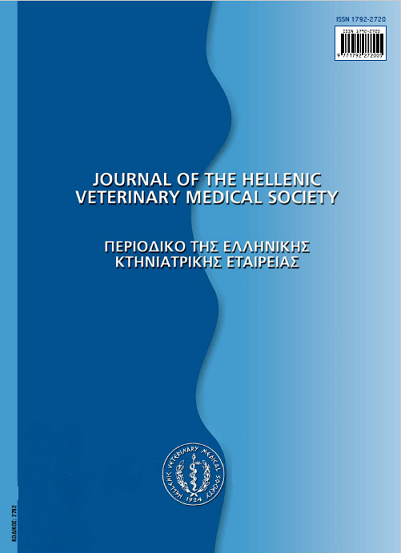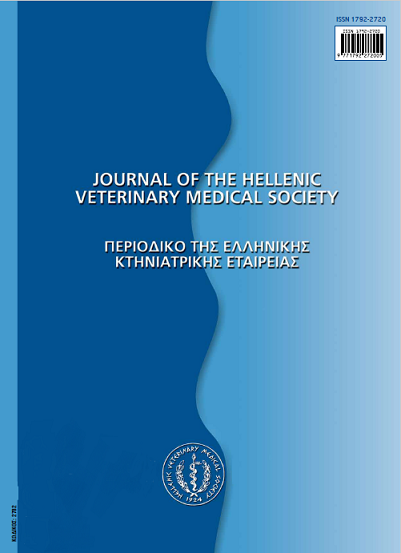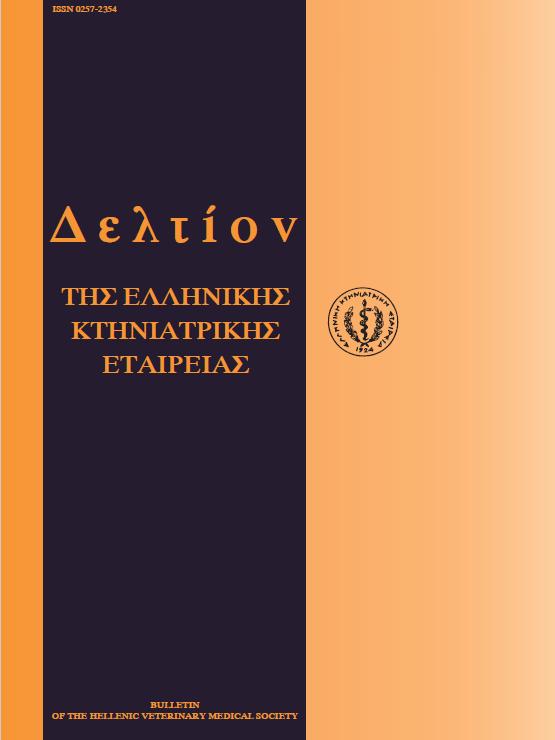Evaluating the leukogram in the dog and cat
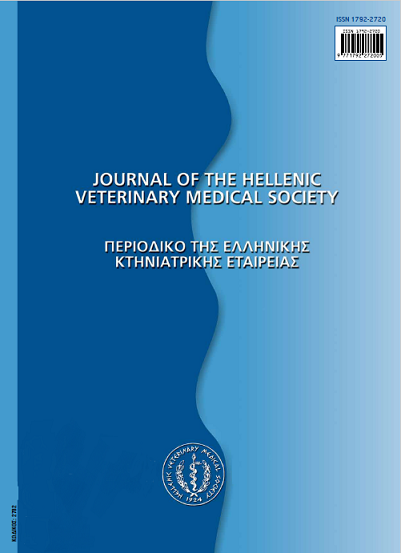
Abstract
Leukogram, an important part of complete blood count, includes the total count, absolute differential counts and leukocyte morphology. For a valid interpretation of the leukogram, proper blood sampling and post-sampling handling is considered a prerequisite. Total leukocyte counts in the clinically healthy adult dog and cat usually range from 6000 to 17000 /μΐ and from 5500 to 19500 /μΐ, respectively. Neutrophils, lymphocytes, monocytes, eosinophils and rarely basophils are the leukocytes recognized in the peripheral blood of these animal species. Leukocytosis and leukopenia may reflect pathological or physiologic responses to various endogenous or exogenous factors. Morphologic leukocyte changes may indicate an underlying inflammatory process (i.e. toxic changes), congenital and/or hereditary hematological abnormalities (i.e. Pelger-Hüet anomaly, Chediak-Higashi syndrome) and immune-mediated (i.e. systemic lupus erythematus) or neoplastic (i.e. lymphoid/myeloid leukemias) diseases. Detection of canine distemper virus inclusion bodies, Ehrlichia sp. morulae, Hepatozoon canis gamonts etc. in the cytoplasm of the various types of leukocytes is the most objective way to diagnose the relevant infectious diseases in the domestic carnivores.
Article Details
- How to Cite
-
PETAMIDIS (ΠΕΤΑΝΙΔΗΣ Θ.Α.) T. A., MYLONAKIS (Μ. Ε. ΜΥΛΩΝΑΚΗΣ) M. E., & KOUTINAS (Α. Φ. ΚΟΥΤΙΝΑΣ) A. F. (2017). Evaluating the leukogram in the dog and cat. Journal of the Hellenic Veterinary Medical Society, 55(2), 130–135. https://doi.org/10.12681/jhvms.15171
- Issue
- Vol. 55 No. 2 (2004)
- Section
- Review Articles
Authors who publish with this journal agree to the following terms:
· Authors retain copyright and grant the journal right of first publication with the work simultaneously licensed under a Creative Commons Attribution Non-Commercial License that allows others to share the work with an acknowledgement of the work's authorship and initial publication in this journal.
· Authors are able to enter into separate, additional contractual arrangements for the non-exclusive distribution of the journal's published version of the work (e.g. post it to an institutional repository or publish it in a book), with an acknowledgement of its initial publication in this journal.
· Authors are permitted and encouraged to post their work online (preferably in institutional repositories or on their website) prior to and during the submission process, as it can lead to productive exchanges, as well as earlier and greater citation of published work.



